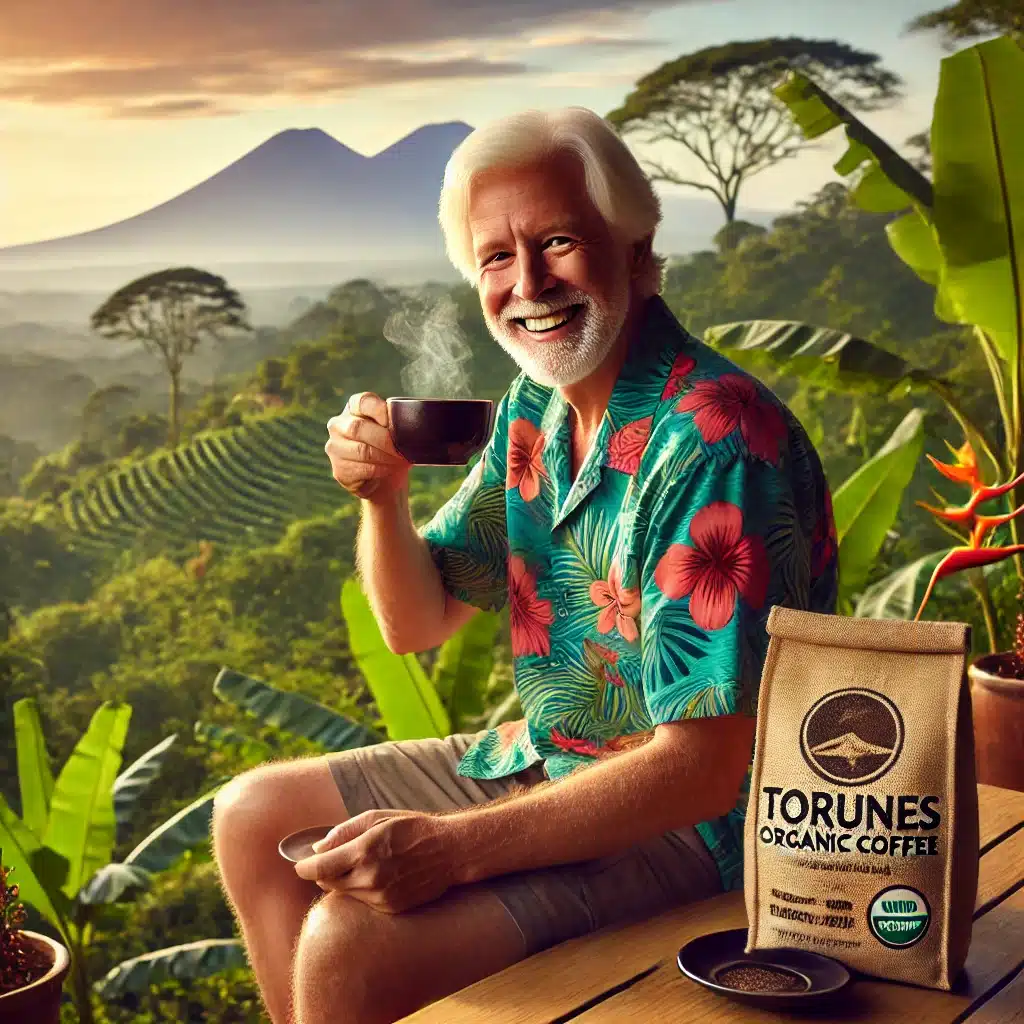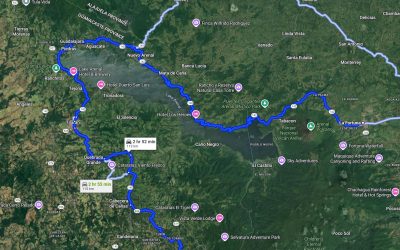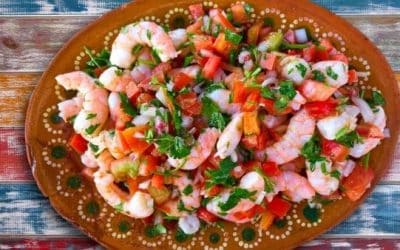Table of Contents
ToggleCosta Rican BBQ: Fire, Flavour and the Sabanero Spirit (#howlermag #howlermagazine)
Costa Rica is where adventure meets appetite. Volcano hikes and surf at sunrise, marimba nights and gallery strolls, monkeys chattering from the canopy, and business deals struck over plates that smell faintly of woodsmoke. Real estate booms build communities around plazas and parrillas, and food—always food—threads it all together. Nowhere is that more vivid than at the grill: ribs kissed by guava wood, beef roasted on sticks like the sabaneros of Guanacaste, and crackling chicharrón sold from roadside kitchens where the stories are as good as the salsa.
What makes Costa Rican barbecue unique?
It’s a grill culture shaped by sabanero ranch life, indigenous techniques and Spanish heritage.
-
Wood and charcoal over gas: Most parrillas use hardwood (often guava or fruit wood) for deeper aroma and a gentle, even heat that keeps meat juicy while building a mahogany crust.
-
Simple, bright seasoning: Coarse salt, sour orange or lime, black pepper and local herbs keep flavours clean; house chimichurri and criolla add freshness rather than heavy sweetness.
-
Respect for the cut: From costilla and vacío to pollo a la leña, the focus is on doneness and texture—well-seared exteriors, tender centres, and plenty of rest before plating.
How did sabanero culture shape the grill?
Cowboy cooking prized sturdy cuts and slow, open-fire methods.
-
Carne en vara (beef on sticks): Thick chunks of beef skewered on long green wood poles, set around a coal bed and rotated occasionally. The result is smoky, succulent meat with a whisper of char.
-
Camp kitchen efficiency: One fire, many tasks—meat roasting above, yuca and plantains steaming beside, coffee warming at the edge for late-night rides home.
-
Gear that lasts: Heavy grates, steel tripods and machete-level practicality—form follows function, and flavour follows fire.
Where should you try a proper parrillada?
Look for mixed grills built for sharing, piled high and served sizzling.
-
La Posada de la Bruja (Heredia): Generous platters, old-school rustic charm, and sides that soak up every drop of jus.
-
Los Rodríguez Steak House (San José): Expertly seasoned steaks, crisp fries, and house chimichurri that cuts through the richness.
-
Restaurante Bar El Novillo Alegre (multiple locations): Argentine technique with a Costa Rican soul—great for groups and late lunches that stretch into evening.
What’s the story behind chicharrón?
It’s the crunchy, golden heartbeat of weekend gatherings, and it’s everywhere.
-
The method: Pork is simmered to render fat, then finished at high heat until the exterior blisters and crackles; lime and salt snap the flavours into focus.
-
Perfect partners: Yuca frita, pickled escabeche, and a tart, spicy limón dip that keeps you reaching for one more piece.
-
Where to try it:
-
Chicharronera Cacique Acserí (Acserí): Famous for crisp bite and lively local vibe.
-
Chicharronera Rancho Alegre (Alajuela): A classic stop for traditional chicharrón and an icy beer.
-
Chicharronera La Cueva (Cartago): Adds fresh corn tortillas and bright salsa made to order.
-
Which grilled dishes are must-tries?
Start with the essentials; each tells a story of land, labour and fire.
-
Chifrijo: A pub-born bowl of crispy chicharrón over beans and rice with pico de gallo; crunchy, tangy and perfect with a cold lager.
-
Carne asada: Citrus-marinated beef grilled hot and fast, served with rice, sweet plantains and salad—simple, satisfying, unmistakably Tico.
-
Costillas ahumadas: Slow-smoked pork ribs, sometimes brushed with a tangy glaze; meat that pulls clean from the bone.
-
Pollo a la parrilla: Charcoal-grilled chicken with oregano, garlic and pepper—juicy, lightly smoky, family-friendly.
-
Morcilla: Deeply savoury blood sausage, often finished over embers for a snappy casing and soft interior.
How do locals order like a pro?
A few tweaks turn a good meal into a memorable one.
-
Ask for wood-fired (“a la leña”): You’ll get a rounder smoke profile and better char.
-
Split a parrillada: Variety is the point—steak, ribs, sausage and chicken share the stage.
-
Balance the plate: Add yuca, tortillas recién hechas and a crisp salad; finish with a squeeze of lime and a spoon of chimichurri.
Is BBQ just food—or part of Costa Rica’s lifestyle?
It’s culture, commerce and community on a plate.
-
Adventures & entertainment: Post-surf rib feasts and plaza cookouts turn weekends into mini-festivals.
-
Wildlife & land: Ranching landscapes and native woods shape both flavour and identity.
-
Real estate & business: Homes with outdoor rancho kitchens and restaurants built around parrillas anchor neighbourhood life—and keep the economy delicious.
FAQ
What wood fuels the best flavour?
Fruit woods like guava are popular for a mild, sweet smoke that flatters pork and chicken without overpowering beef.
Is Costa Rican BBQ spicy?
Not usually; heat comes from fresh chilero or salsas on the side. The core profile is smoky, citrusy and herb-forward.
Can vegetarians eat well at a parrillada?
Yes—look for grilled hearts of palm, corn, sweet plantains, stuffed peppers and smoky veggie skewers with chimichurri.
What time do locals grill?
Late lunch rolling into sunset is common—perfect for golden light, cooler air and long conversations.
What should I drink with it?
Light beer, fresh-made fruit refrescos, or a rum highball—anything crisp to cut the richness.







